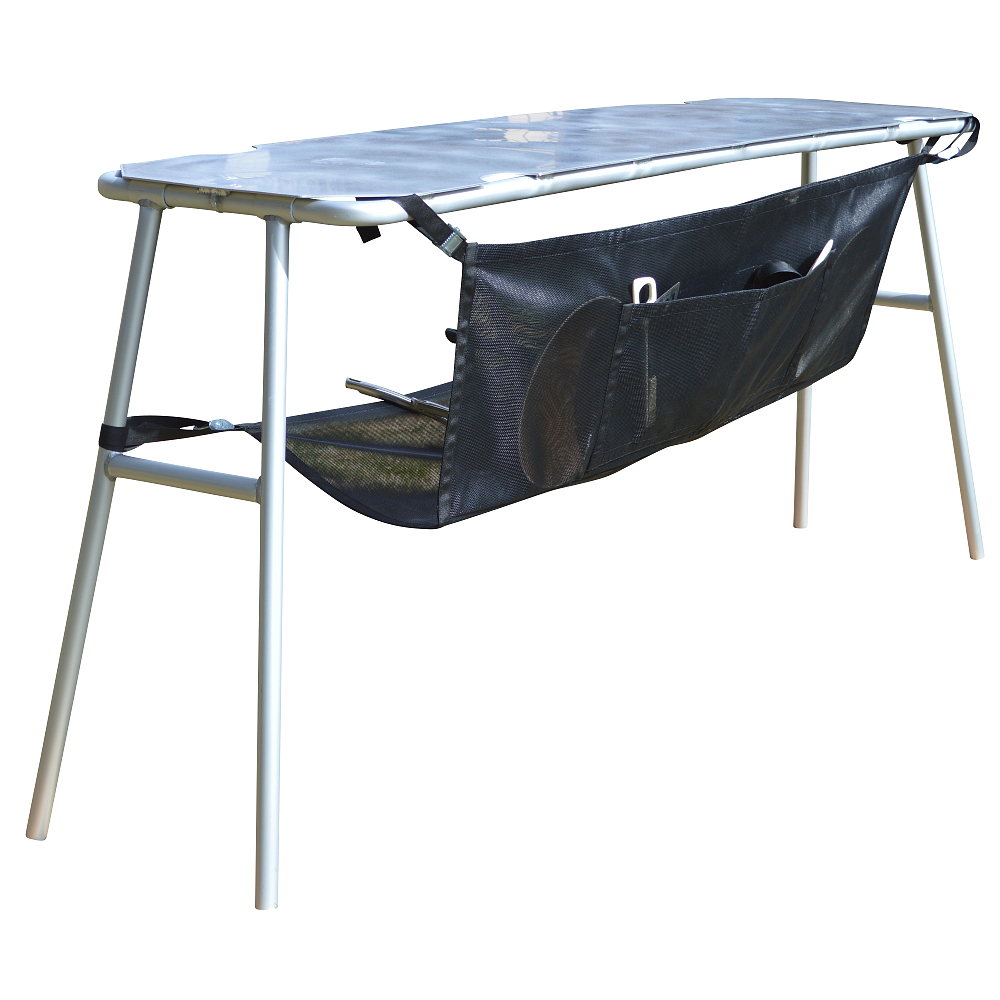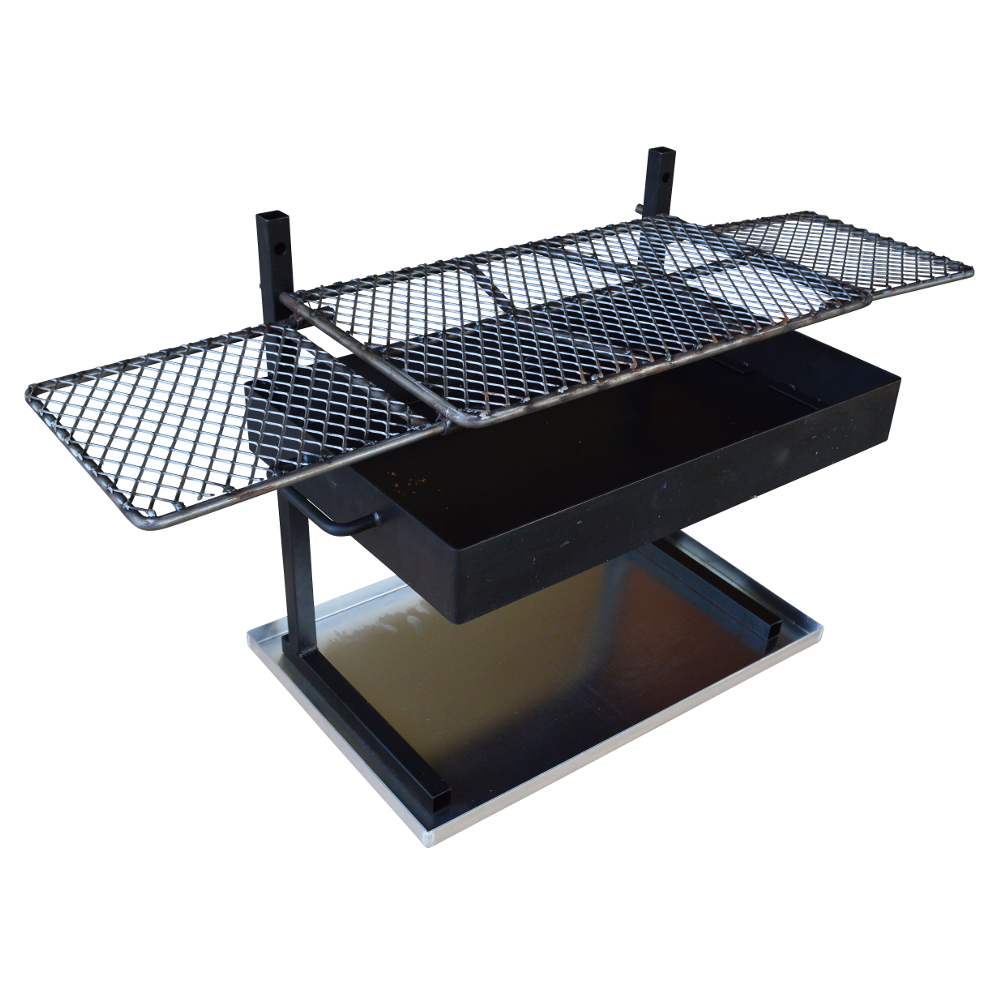Joe, who prefers playing the banjo to fishing, agreed to row the gear boat despite a complete lack of experience. The rest of us, Bob, Matt, and myself, piled into Bob’s sixteen-foot oar-frame raft with our fly rods.
Four days of fishing and camping with my best friends. Our destination: Red Bluff, CA some fifty-four miles downstream on the Sacramento River.
We launched at the Sundial Bridge in Redding. Just upstream of Redding the mighty Sacramento River boils forth from beneath Shasta Dam. The large river exits cold from the reservoir and the small, Class II rapids below the bridge further oxygenates the water. The resulting mix produces some of the best blue-ribbon trout and steelhead fishing in California.

Matt, a novice fly-fisherman, sat in front of the oar-frame while Bob, the trout sage, navigated our vessel. I sat behind Bob and prepared to run sweep for the trout Matt missed. Joe and the gear boat fell in behind us. The current pushed quick and strong—far quicker than it had appeared from the dock minutes before. We careened into the inaugural rapid and chaos ensued.
“Fish on,” Matt cried almost as soon as his fly hit the frothy water. His rod jerked and quivered. Matt turned to Bob, glee and panic beaming across his face. “What do I do?” Bob abandoned the oars and grabbed at Matt’s line. The river twisted with a sudden left. Our boat entered the turn facing the wrong direction and began to spin. Water splashed aboard. I caught a glimpse back upstream toward Joe and the gear boat, which fared no better.
“Row away from the rocks, Joe!” I yelled, reiterating my brief but incomplete rowing instructions prior to our launch. With oar-frame rafts you point at the danger and row away using a ferry angle. Joe pulled hard on the oars but too late. The pontoon gear boat, piled high with camping equipment and food for all, slammed onto a large rock and wrapped sideways. Back in my boat, on the port side, Bob landed the large rainbow and raised it flopping from the water.
“Where’s my camera?” Matt howled. Joe disappeared behind the corner still stuck above the turn. The river gurgled and laughed. Bob grinned.

A quarter-mile downstream we regrouped on a small gravel bar. Joe arrived utterly spent having used most of his strength separating the gear boat from the rock. Matt lamented the lack of photo evidence for what would be the largest fish caught on the trip. Still, everyone smiled and all parties agreed it could only get better from there.
It did.
As the largest river in the most populous state, the Sacramento has been altered and used by modern Californians for over a hundred and sixty years. From miners and homesteaders to large hydroelectric projects and bisecting interstates, the river has been dammed, drained, and diverted almost along its entire course.

The run between Redding and Red Bluff exhibits some of the last wild curves the Sacramento has to offer. This long stretch presents no reservoirs, contains the only undammed tributary, Cottonwood Creek, and carves the Sacramento’s last escarpment, Iron Gorge, before easing into the Central Valley and a destiny of agricultural-field meandering. The Bureau of Land Management has designated much of the section between Redding and Red Bluff as the Sacramento River Bend Outstanding Natural Area.
And while houses sometimes dot the bank, and a bridge or two spans the flow, much of this river stretch appears as a throwback to earlier times: Battered salmon struggled past our boats to points upstream each morning; deer crashed through green April willows as we docked on an island to camp; otter and beavers played beneath ancient cottonwoods along the shore; bald eagles, osprey, and red-tailed hawks roamed thermal blue skies.
One evening, just before the sun went down, we spotted a king snake while foraging for wood for our Dutch oven. Upon closer examination we saw the tail of a rattlesnake disappearing down its throat–the king snake was living up to its name and swallowing the rattler whole.

Navigation, outside of our first fifteen minutes, proved quite easy throughout the trip. Even Joe managed to keep his banjo dry during subsequent stints rowing the gear boat. For ease of fishing, oar-frame rafts were our vessel of choice but this journey could be completed in kayaks or canoes as well. The only Class II maneuvers throughout the entire length lay in the first handful of turns below Sundial Bridge. There are no designated campsites along the Sacramento, and we slept each night on islands, beaches, or other sustainable surfaces.
Following Leave No Trace ethics for river corridors also ensured the experience would remain unblemished for those who came after.
By the second day of the trip the river widened and warmed. As a result the fishing slowed. We still caught a few trout but it became obvious the premium fishery lay upstream in and around Redding. As a consolation prize the camping improved each night, the scenery and solitude multiplied, and we saw more and more wildlife. River time set in and we drifted along through carefree, spring days.

On the last night of our trip we camped on a wide gravel bar near a swing in the river. A great horned owl hooted low and long from oak bristled bluffs rising above the opposite banks. Nighthawks chortled and dove for bugs across an orange sky. The river reflected the sky and changed from yellow to pink to dark purple as night fell.
“Holy Sacramento,” someone remarked as the first stars poked out. They were right.
Written by Joseph Brian for RootsRated and legally licensed through the Matcha publisher network. Please direct all licensing questions to legal@getmatcha.com.
Salamander Paddle Gear List for a Multi-day raft trip
Camp Table - Our camp table is stable and durable and makes kitchen prep a breeze.

Dish Washing Hammock - Designed to work with our camp table, this item makes drying clean dishes much easier

Fire Pan - Our firepan comes in two dfferent sizes and it includes the lid.

Sand Stake - This sand stake will secure your boat when there is nothing to tie off too.

Check out our Rafting digital catalog to browse all of our rafting equipment in one place.


Comments